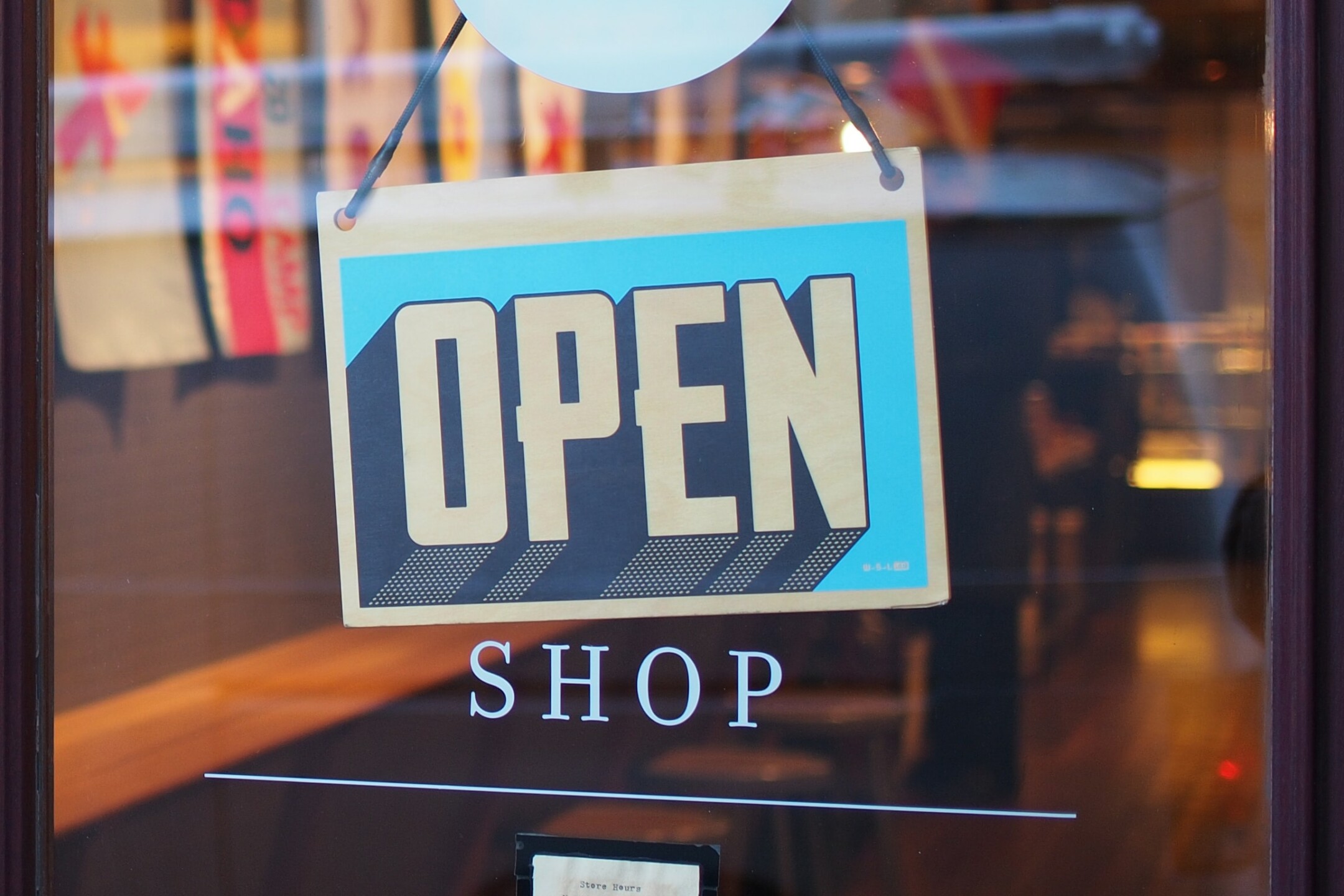‘Fast fashion’ is a now ubiquitous phrase. It refers to the mass-produced clothes that many of us purchase to regularly replenish and update our bulging wardrobes. Unsurprisingly, this popular business model simply isn’t sustainable for the environment and the government’s ‘Fixing Fashion’ report highlights that around 300,000 tonnes of textile waste ends up in household black bins every year. But what does this mean for brands? And what should the PR and marketing industry be doing to help this problem?
Tech London Advocate’s ‘Conscious Consumerism’ event was organised to answer this question. Sitting on the panel were sustainability experts working across a variety of small and large organisations. There was representation from London Design Club, Save Your Wardrobe, HURR Collective, BRC and Deloitte.
PR and sustainability
The speakers at the TLA conference first dug into the trend of throwaway culture and how it can have a negative impact on brand image. Consumers are beginning to recognise the shortfall of proactivity in the industry and are increasingly changing their purchasing habits accordingly. For an agency like us, it’s important to underscore positive corporate breakthroughs in sustainability and reinforce the importance of protecting the environment through messaging and communications.
Eugene Fisher, the chairman of the event, cited Lyst’s ‘Searching for Sustainability’ report, which analysed the searches 80 million shoppers conducted on their website during 2019, as evidence of a reactive emerging sustainability trend. Lyst tracked more than 100 million searches across 5 million fashion products from 12,000 designers and stores to see how this new wave of eco-consciousness is affecting the fashion world.
The report revealed a 66% increase in searches for sustainable fashion-related keywords since 2018. They also noted a massive 119% increase in vegan leather searches, 187% increase in sustainable denim brand page views as well as a 329% increase in traffic to sustainable luxury products. These results demonstrate the huge groundswell demand developing for cruelty-free and eco-friendly alternative products; brands need to promote imagery and messaging around these concepts in order to keep up with evolving customers habits and trends.

Assuming responsibility
During the discussion Ben Richards, Associate Director, Sustainability at Deloitte said that transparency needs to be pushed as part of a brand identity. Tracing back a product to its genesis is important – the questions that brands should be pre-emptively answering are around Fairtrade and ethical material sourcing.
Canada Goose and Levi have been raked over the coals recently for their respective animal cruelty and water wastage issues. On the other hand, Stella McCartney has been setting a good precedent with its eco-friendly products like their sustainable eyewear collection. In addition, all Stella McCartney stores, offices and studios in the UK are powered by wind energy and abroad, not to mention that 45% of their operations are run on 100% renewable, green energy.
These kinds of operational success stories present brands with an opportunity to connect with audiences and increase brand trust. Demonstrating active support of sustainability adds personality and likeability, establishes trust within the consumer, and highlights an authentic passion that audiences can connect with.
Practical solutions
Eugene also drew attention to statistics around demographic purchase trends. Representatives Gen Z’s are purported to be some of the biggest consumers of fast fashion. However, of the more than 1,000 women surveyed by thredUP, 58% were resolving to be less wasteful this year, with 84% claiming that they plan to shop more sustainably and a further 42% saying that they will be reducing waste by shopping second-hand. Gen Z consumers (aged 18-21) were 25% more likely to be planning to live less wastefully than their older counterparts, and young consumers consistently showed more interest in engaging in more sustainable shopping habits.
Disposability is at the heart of the modern-day industry problem. A recent PR stunt campaign by Hubbub helped highlight the UK’s wastage of clothes: the provocative ‘textile cube’ provided the public with a physical demonstration of the volume of clothes we throw away every 3.5 minutes in the UK. This particular stunt is a great example of how PR can be used to communicate the importance of sustainability.
But it’s not only PR that can be used by brands to create positive messaging and tell a story. Influencer marketing is a brilliant tool for educating audiences on sustainable practices and connecting with audiences over big issues.
Down the rabbit hole
Whilst many brands now have sustainability as part of their core messaging, consumers are becoming wary of negative trends like ‘greenwashing’. Zara’s pledge to make all their clothes sustainable by 2025 was a watershed moment, but are they legally bound to that promise?
Brands are beholden to their own rules when it comes to greenwashing. Amin Rajan, the CEO of CREATE Research, defined greenwashing in a recent Financial Times article as “shortcuts taken by asset managers to repurpose their funds with an ESG label, without rejigging the investment process.” Companies can misrepresent funds with an ESG (Environmental, Social, Governance) label because the government has not laid out a robust qualitative framework around fashion sustainability.
Legislation needs to change here. The forecasts for the industry are dire: the UN says that by 2050 the equivalent of almost three planets could be required to provide the natural resources needed to sustain current lifestyles given the estimate of the global population reaching 9.6 billion.
To envisage a low-carbon future we must develop societies that are powered, fed and clothed from sustainable sources. There’s no doubt that we need to make sure legislation and real action happens quickly. It might sound scary and out of our hands but we can do our bit. Marketing and PR can help disrupt the fashion space and remind people of the damage that ripples out across the supply chain. Transparency is key to restore faith in larger companies, but the road ahead for these fashion behemoths is indeed long.



